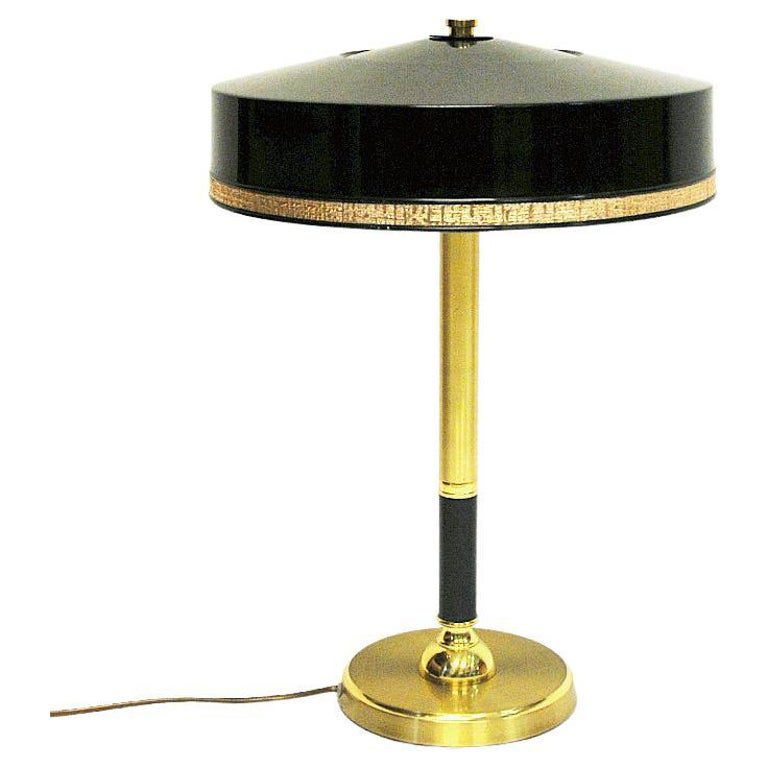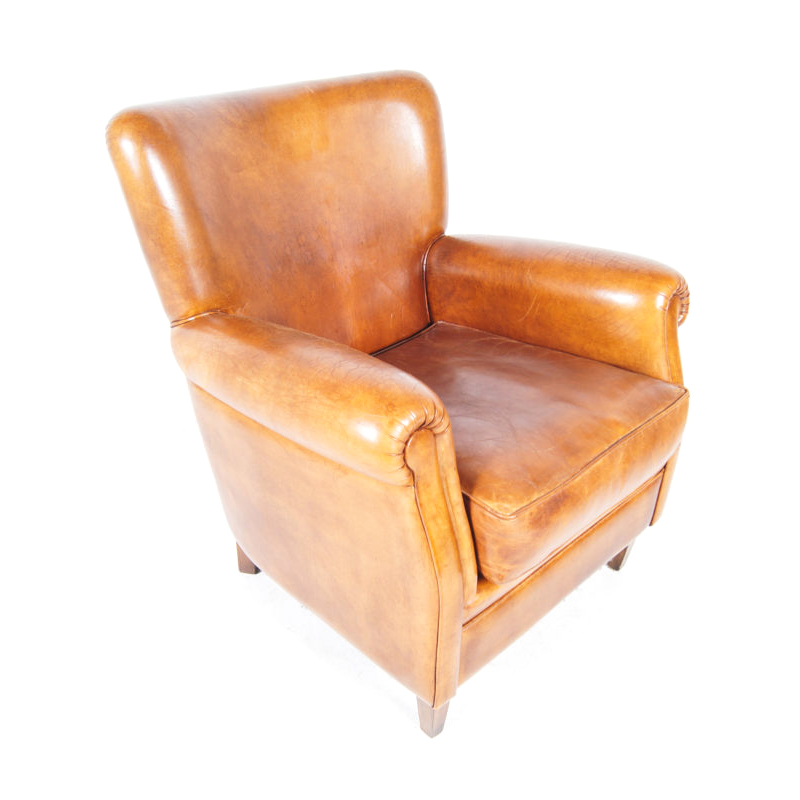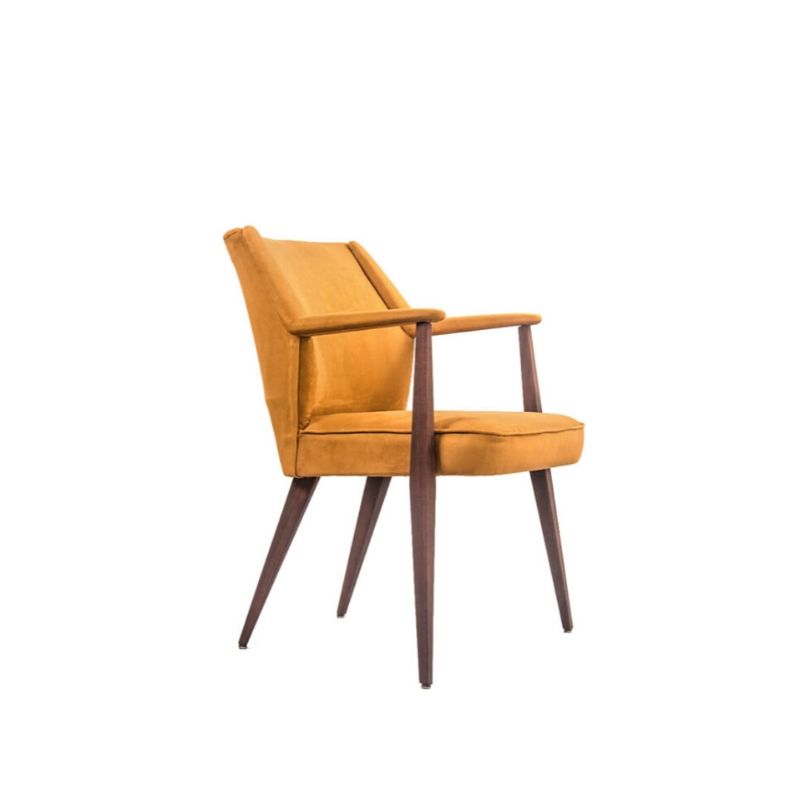Wow
That's cool. You learn something new every day. So that explains why they are so close, yet the details differ from the standard US produced chairs. It also is nice to know that I've still yet to see a vintage knock-off and that these are simply Australian produced under license. Explains the evidence of a label. Too bad they are all gone. It would be cool to see the original label.
I too would like to see what you end up doing with them. Keep us updated please.
Thank you
Thanks to everyone for your opinions & advice - I have sent off emails to Herman Miller Asia Pacific and the Powerhouse museum to see if they can shed any further light on Australian manufactured DCM's. Will update again if any additional information provided. As for the restoration - my husband still thinks they should be thrown away (hence my email originally) but I love them. The backs are largely OK (and especially if up the correct way) and if worse comes to worse I could cover some the bases with fabric as I have seen on some recent replicas. My enthusiasm now is sky high and I am further along the way to proving my point that they are design icons!!! Will need to investigate repair of plywood...
Kind regards
Judy
.
I too have seen this variety over the years at several auction houses both here in Sydney and Melbourne but mostly the frame was painted in matt black.
I always thought they were copies but I didn't look closer, not being a fan of timber and all.
Grant Featherston was importing Herman Miller way back when as I had a 60's Panton Chair made by HM and imported by Featherston......just another piece to the puzzle.
Just my opinion
... so take it for what it's worth. But I would tread lightly when it comes to "restoring" your DCMs.
Personally, I would embrace the history of the chairs, the life they have lived, and try to clean them up a bit to make them comfortable and useful again.
Having the seats and backs significantly effects the value, but if you want to keep them, you can use them with the peace of mind that the backs won't pop off if your shock mounts become unglued. If they were mine, I would not cover the plywood, unless you want to put a thin layer of foam and some leather or hairy hide on the surface. That was an option originally, and would cover the heads of the bolts in the seats and backs, but again, that is not original to your chairs.
I think I would try to stabilize the veneer that is loose, perhaps have some patched in where it's missing, oil and condition the wood so it does not split and peel further. I'd clean up the frames without going nuts (patina can be very handsome in my opinion) and I'd get some glides on the feet so they sat level and did not scratch the floor. I'd try to find glides as close to original as I could.
I think the differences in production quality from American and Australian are interesting and I think the chairs could easily be cleaned up and enjoyed for many years to come.
not original!
i live in australia also, these are not original i have had these before and they are very different in quality and style i believe they are pongrass, they are also a bit smaller in dimension to the original chair, the screws through the back are original to these chairs they are usually in this condition from the lower quality of cunstruction, probably not worth restoring unless you do it yourself as they don't have much worth.
OK...
... so now the authenticity is being questioned again. I've never heard of pongrass of course, but I live a long way from Australia. I'd be very interested see some documentation, some other examples or some further evidence that might clear up the question of whether there were period copies of the Eames plywood chair.
I have never seen vintage copies and I always assumed that it was the excessive cost of production. Not the materials, but the set-up cost of making molds that could yield the compound curves of the chair seats and backs.
It seems that Eames furniture would have lent itself to easy distribution back in the day if HM had chosen to produce in the US and distribute it abroad. The seats and backs easily come off a DCM frame, DCWs and other plywood designs, come apart entirely and that the moulded parts could easily stack and pack for economical shipping. They could be reassembled at their destination and sold. I was a bit surprised at the idea that HM would license the design and not have it produced to the exact same specifications.
jonnie, do you have anything to support your attribution, or do you have any vintage Herman Miller materials from Australia?
makes no sense
jonnie, why would they use shockmounts if they are just going to drill through the wooden back and attach a screw with a nut. If you look back at the original photos again you will see that some of the seats also have a screw going through the wood and tightened with a nut past a shockmount while others have a screw attached to the shockmount without any damage to the wood. The last photo shows this the best, you can see where the shockmounts failed but had not yet been drilled.
my timing sucks
I saw aan image of one of these chairs less than a week ago while looking for something else online. The poster had credible sounding info about the company that was making these knockoffs back then in Australia. Damn if iI cant find it in my search history or pull the pic again off google (it was a black one). I'll keep looking.
Wrong hardware
Obviously these have been tinkered with and show different types of hardware, but on the bottom of a couple photos the screws holding the frame to the shock mounts on the seat base are flat head screws. I have DCM chairs spanning many years, and they all use Phillips head screws.
If you need any help, please contact us at – info@designaddict.com









